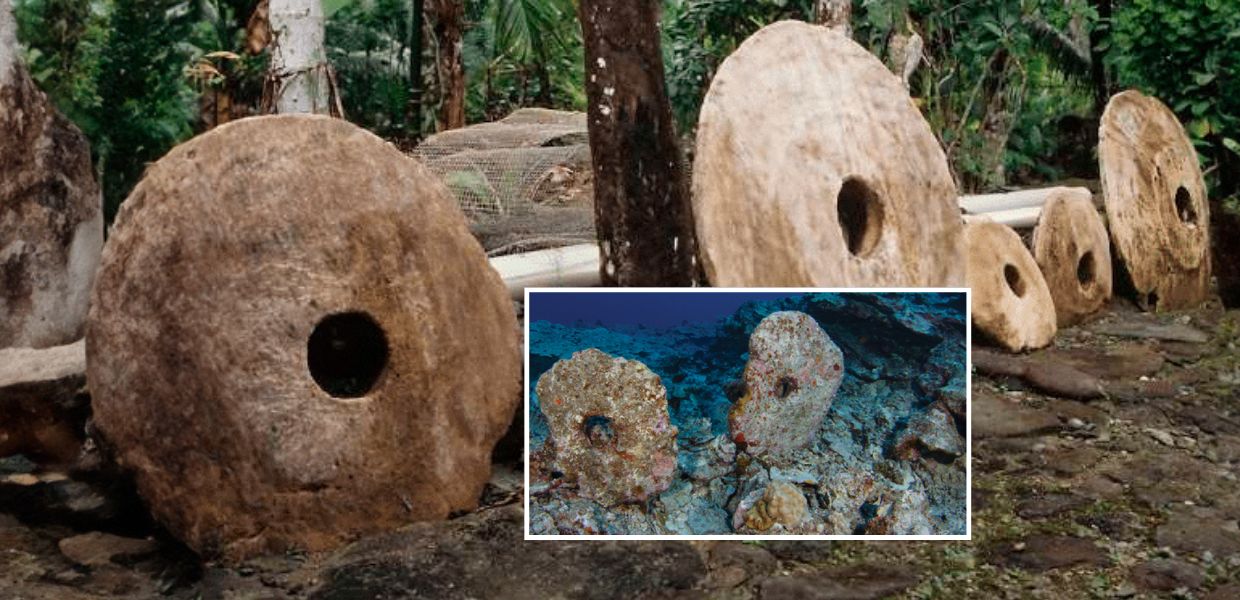The journey toward digitizing gold through NatGold™ tokenization has unveiled a unique competitive edge for the United States, thanks to its historic U.S. Patented Land Claims system. Established in the mid-19th century, this system inherently possesses the qualities essential for participating in the NatGold ecosystem, placing the U.S. at a significant, albeit limited, advantage in the global race toward tokenizing mining titles containing National Instrument 43-101 (NI 43-101) certified gold resources.
Go West My Son
Tracing its roots to the General Mining Act of 1872, the U.S. Patented Land Claims system was enacted to encourage the exploration and extraction of mineral resources on public lands. Under this legislation, individuals and corporations could stake a claim and, upon proving the presence of valuable minerals, receive a government-issued patent. This patent conferred ownership of both the land’s surface and the minerals beneath to the claimant. The responsibility for issuing these patents fell to the General Land Office, the forerunner of the modern-day Bureau of Land Management (BLM).
This system played a pivotal role in the mining landscape for over a century, underpinning the development of the American West by facilitating land acquisition for mining. Nevertheless, the latter part of the 20th century saw a shift. Faced with escalating environmental concerns and a heightened appreciation for the communal value of the remaining federal lands, Congress imposed a moratorium in 1994. This decision significantly restrained the issuance of new mineral patents, although it did make provisions for existing claims that had fulfilled all prerequisites prior to the moratorium.
A Serendipitous Convergence with NatGold
The alignment of the U.S. Patented Land Claims with the International NatGold Council’s suggested legislative policies to support a robust NatGold industry could hardly have been better synthesized.
U.S. Patented Land Claims stand out as privately held mining rights, a stark contrast to public lands where mining rights are typically subject to lease or license. These claims confer ownership of both the land’s surface and the valuable minerals beneath, allowing the holders rather than the state to dictate the terms of mineral resource management. Furthermore, there are no ongoing fees to the government to maintain these titles in good standing.
What sets these claims apart is their fully transferable nature, allowing for purchase, sale, or inheritance. This transferability ensures a robust investment and development platform. The claims’ perpetuity means they remain in force indefinitely, without reverting to government control, a key benefit for the NatGold industry, as it guarantees the seamless transfer of titles necessary for digital tokenization.
Financially, the burden on patented land claim owners is light, with property taxes often amounting to mere hundreds of dollars annually. This minimal financial commitment further bolsters their appeal as prime candidates for tokenization into NatGold coins.
A Strategic Path Forward
While the benefits of the existing system are clear for current U.S. Patented Land Claim holders with titles containing National Instrument 43-101 (NI 43-101) certified gold resources, it leaves other mining entities and newcomers eager to partake in the anticipated NatGold green rush on the sidelines.
The potential of the U.S. Patented Land Claims system as a unique lever in the digital gold sector is undeniable. However, to fully tap into this reservoir of opportunity, the U.S. must rethink its stance on the moratorium, consider adopting non-extraction digital mining policies as a prerequisite to registration, or craft entirely new legislation tailored to these ends, similarly to that proposed by the International NatGold Council for the rest of the world.
Lifting the moratorium and revising the legislative framework to prioritize non-production digital mining could unlock vast potentials of federal lands for a new era of the digital gold rush. This shift not only promises significant tax revenue and a surge in green employment opportunities but also paves the way for a more inclusive, sustainable future in mining. By embracing these changes, the United States could amplify its standing as a global leader in ESG innovation and industrial modernization while unlocking a significant new contributor to the country’s economic growth.
While other countries on the cusp of implementing the pro-digital gold mining policies advocated by the International NatGold Council, the United States has already inadvertently staked its leadership claim in the burgeoning worldwide NatGold industry through its U.S. Patented Land Claim legacy program. The question now is whether the U.S. will act quickly enough to maintain its fortuitous lead.
Enjoyed this article? Subscribe to NatGold News & Insights for the latest staff updates, expert analysis, exclusive interviews, and updates whenever NatGold is making headlines — all delivered straight to your inbox!
Share This Story!
More Staff Insights
In the verdant landscapes of Micronesia, on the Ya...
The term "ESG" gained prominence with the 2004 rep...





